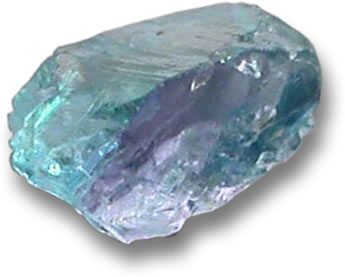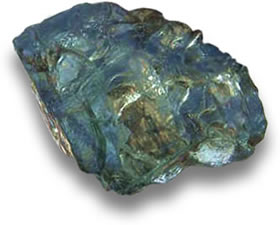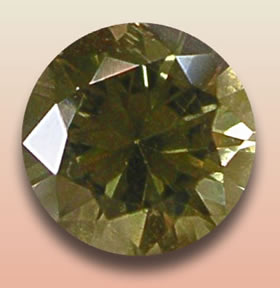Kornerupine Gemstones
Introduction to Kornerupine
Ever heard of a gemstone that's as rare as it is fascinating? Meet kornerupine, a gem that’s been captivating collectors since its discovery in Greenland back in 1887. Named after the Danish naturalist, artist, and explorer Andreas Nikolaus Kornerup (1857-1881), this gemstone is a true hidden treasure. Once known as prismatine due to its long, prismatic crystals, kornerupine is a mineral that’s as intriguing as its backstory.

Colors and Unique Properties
Kornerupine comes in a stunning array of colors - think white, pink, yellow, brown, green, and even blue. What makes it really stand out, though, is its strong pleochroism, meaning it can shift from yellowish-green to reddish-brown depending on the angle you view it from. The emerald green and blue varieties? Those are the rarest and most sought-after. Plus, some kornerupine stones show off a cool cat’s eye effect, known as chatoyancy, which adds to their unique charm.
Durability and Jewelry Use
With a hardness of 6.5 to 7 on the Mohs scale, kornerupine is tough enough to hold its own in jewelry. But here’s the catch: it’s so rare that it’s mostly a collector’s gem rather than a jewelry store staple. Most gem-quality kornerupine stones are small, typically under 2 carats, and finding a clean stone over 5 carats is like spotting a unicorn. So, if you’re lucky enough to own one, you’ve got something truly special!


Chemical Composition and Structure
Let’s get a bit technical for a moment. Kornerupine is a complex borosilicate packed with magnesium, iron, and aluminum. Its crystals grow in the orthorhombic system, giving it a refractive index of 1.67 to 1.69 - similar to spodumene. It’s usually transparent to translucent with a glassy, vitreous luster. Its specific gravity, ranging from 3.28 to 3.35, puts it in the same league as tanzanite and diaspore. Pretty cool for a gem that’s not exactly a household name, right?
Global Sources of Kornerupine
While kornerupine was first found in Greenland, Sri Lanka has long been the go-to source for these gems, typically in yellow-green or yellow-brown hues. Recently, though, Tanzania and Madagascar have entered the scene with some jaw-dropping blue and bluish-green stones that show purplish pleochroism. These African finds are often small but have boosted kornerupine’s popularity in jewelry due to their vibrant colors. You can also find deposits in Australia, Kenya, Burma, Canada, and South Africa, making this gem a global treasure.
Use our kornerupine gemstone information guide to learn even more about this gemstone.
Frequently Asked Questions
What is kornerupine?
Kornerupine is a rare gemstone, first discovered in Greenland in 1887, known for its prismatic crystals and vibrant colors.
Why is kornerupine so rare?
Its scarcity comes from limited global deposits and the small size of gem-quality stones, typically under 2 carats.
Can kornerupine be used in jewelry?
Yes, its hardness of 6.5 to 7 on the Mohs scale makes it suitable for jewelry, though its rarity makes it more common in collections.
What colors does kornerupine come in?
It appears in white, pink, yellow, brown, green, and blue, with emerald green and blue being the rarest.

